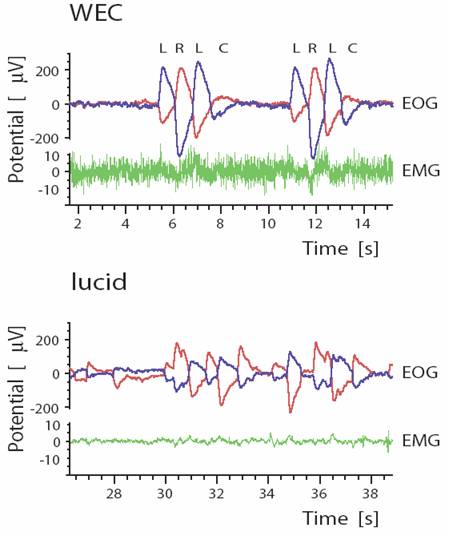Lucid dreams are commonly described as among the most thrilling experiences to be had. A fully lucid dream is not a hazy, imprecise phantasmagoria, but a full-colour, high-definition and hyper-realistic experience. It can profoundly reconfigure our perceptions of reality.
Lucid dreaming is a form of mind training in which we learn consciously to recognize our dreams as dreams while we are dreaming. As with all forms of mind training, the aim is to be more aware and more awake, to switch off the autopilot and to wake up to life. To dream lucidly is to live lucidly.
The term ‘lucid dream’ was supposedly coined by Frederick van Eeden, a Dutch psychiatrist, 100 years ago. In the late 1970s that lucid dreaming came to be verified by Western scientific means.

More recently, studies from Frankfurt University’s neurological clinic and the Max Planck Institute of Psychiatry have found that specific alterations to brain physiology appear once a dreamer becomes lucid. Using brain-imaging technology such as magnetic resonance tomography and EEG, scientists can now pinpoint the actual ‘Aha! I’m dreaming!’ moment of lucid awareness and its neurophysiological correlates.
The researchers concluded that ‘lucid dreaming constitutes a hybrid state of consciousness with definable and measurable differences from the waking state and from the REM [rapid eye movement] dream state’.


ConversionConversion EmoticonEmoticon